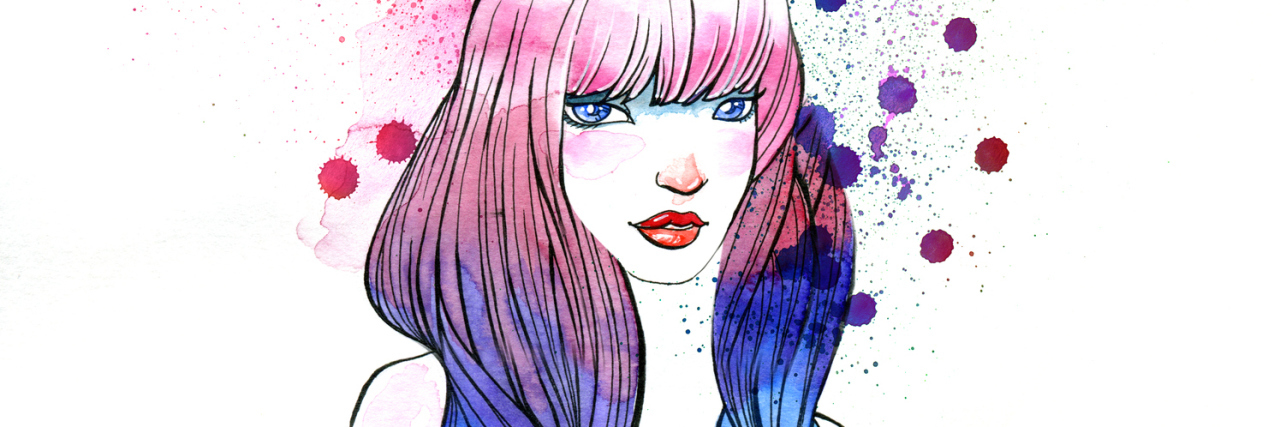The link between physical and mental health is huge. And no, I am not another person trying to convince you that your chronic illness is “all in your head,” or it is a result of anxiety or depression. Blaming mental illness and ignoring the underlying condition offers no benefit or relief to the person struggling. But the mental well-being of the chronically ill does need to be recognized and treated accordingly.
Two years into battling functional digestive diseases my mental health deteriorated to the point I was admitted to the hospital for two weeks, having severe panic attacks and depression. It was my first hospital visit for something other than my chronic illness. At first, I couldn’t understand how I, someone with no history of mental illness, could let a physical disease take control of my mental state. In retrospect, it’s hard for me to see how someone struggling with ill health for so long could not have mental health problems. It’s a vicious cycle. Let me break it down for you:
Our brains are wired to look out for danger. Living with a chronic illness means danger is around any corner. When your symptoms flare up during a situation, your brain begins to associate that situation with danger. This can start with something as simple as driving a car, going to the shops or visiting a friend. The more situations that become associated with symptoms, the harder it is to do basic activities until even leaving the house seems too dangerous to manage.
It’s human nature to want to avoid pain. No one wants to feel sick. Chronic illness makes pain and discomfort a daily occurrence. You can’t avoid it, but your mind tries to find ways to anyway. Your panic senses become heightened and you’re always on the lookout for danger. You create “rules” such as “I can’t go out with friends in case I feel too sick.” It starts with avoiding situations due to illness but quickly escalates to panic about facing everyday things regardless of your physical state. Friends, work and other commitments start to disappear, but the anxiety stays.
One of the worst things about anxiety and chronic illness is anxiety can create new physical symptoms or intensify the symptoms of your disease. Symptoms never seem to end. Because of my chronic illness, I live in a state of constant nausea. When my anxiety is triggered, my nausea intensifies to a point I can’t get out of bed. How then am I supposed to address my physical or mental illness if I’m too sick to get out of bed? I begin to become anxious about the lack of progression or meaning in my life and suddenly this heightened state of nausea is my new norm.
So what can you do?
It’s about breaking the vicious cycle of physical and mental symptoms. And it’s no easy feat. It’s a lot of trial and error (with a big emphasis on the error). You need your treatment team of mental and physical health professionals on the same page and in communication with one another, so you can hit your health problems from every angle. While actively trying to improve your health is important, learning to live and accept certain levels of ill health and discomfort is the other part of treatment.
Some illnesses never go away, but it doesn’t mean your life is over. You’ve got to identify achievable goals and take small steps to get there, accepting that there may be setbacks out of your control. It starts with asking the right people for the right help. Do your research and get the best health professionals on your team to have the best chance at learning to live with disease. It’s a cliché, but you really must take things one day at a time. Then after a while, you can look back and see the progress you have made.
We want to hear your story. Become a Mighty contributor here.
Thinkstock photo via brickrena.

